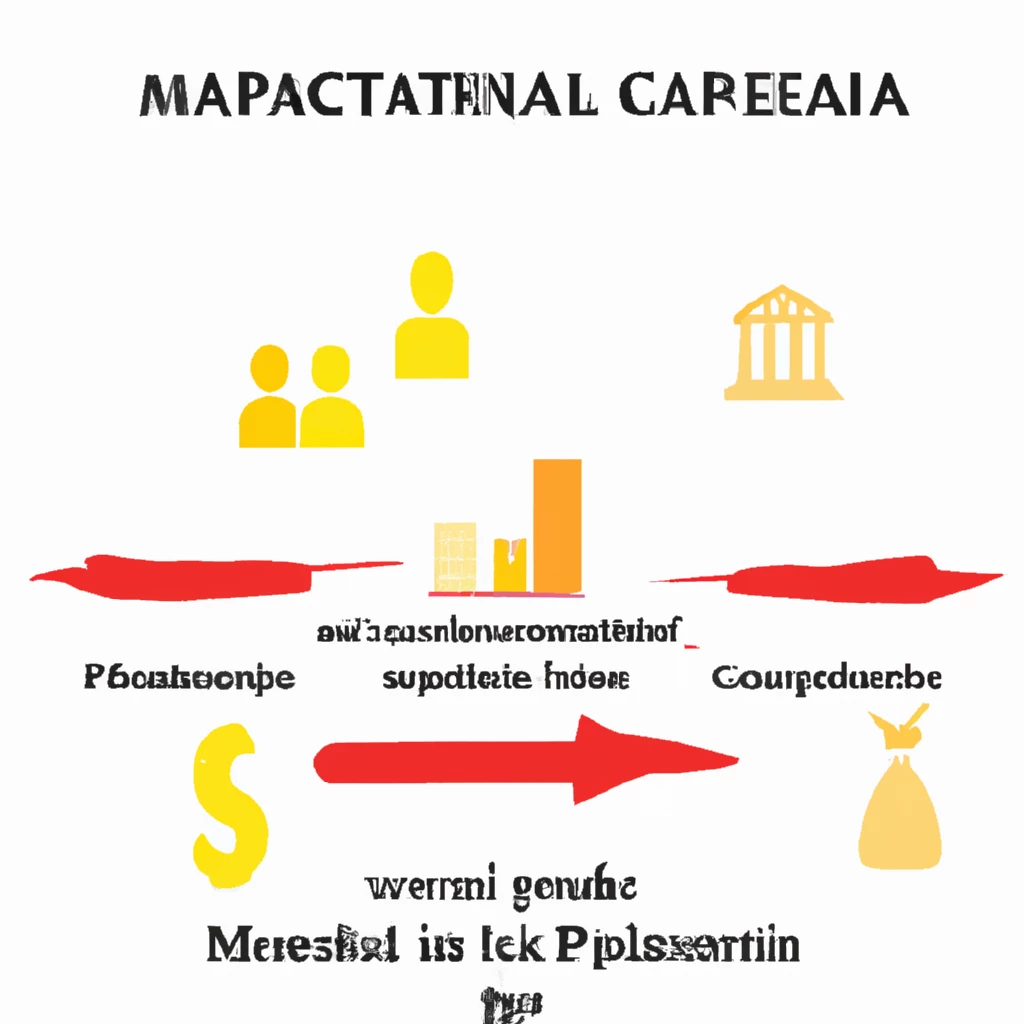
Currency swaps play a pivotal role in the financial landscape, serving as a crucial tool for banks, multinational corporations, and institutional investors. While similar to interest rate swaps and equity swaps in function, currency swaps possess unique qualities that set them apart, making them slightly more complex.
Essentially, a currency swap involves a mutual exchange of a notional principal between two parties to access a desired currency. Subsequent to the initial exchange, regular cash flows are interchanged in the relevant currencies.
Let’s delve deeper to understand the purpose and mechanics of currency swaps.
Purpose of Currency Swaps
Imagine an American multinational company (Company A) eyeing expansion into Brazil, while a Brazilian counterpart (Company B) aims to enter the U.S. market. Company A faces high interest rates in Brazil, and Company B encounters the same issue in the U.S. market. Both companies can borrow at lower rates in their domestic markets due to established relationships with local institutions.
To address this dilemma, they engage in a currency swap. Company A borrows on behalf of Company B from a U.S. bank, and Company B does the same for Company A from a Brazilian bank. Subsequently, they swap these loans, effectively borrowing in each other’s domestic currencies.
Setting up the Currency Swap
For instance, assume a rate of 5.20 Brazilian real for 1.00 USD, and both companies require an equal amount of funding. They exchange $100 million for 520 million Brazilian real. Company A now holds real, and Company B has USD, both obliged to pay interest to their domestic banks in the original borrowed currency.
Despite the currency swap, they must honor interest payments according to their domestic borrowing rates. This setup helps manage interest costs and mitigates exchange rate risks.
While they could opt to borrow in their own currencies and engage in the forex market, the fluctuating exchange rates pose risks of increased interest payments.
Alternatively, they could structure a swap involving bond issuance, facilitating interest payments through a swap bank.
At maturity, each company repays the principal to the swap bank, ensuring the successful attainment of foreign funds at lower rates with reduced exchange risks.
Advantages of the Currency Swap
By engaging in a currency swap, Company A is now obligated to pay the lower interest rate incurred by Company B, reducing its borrowing costs significantly. Company B also benefits from lower borrowing costs, effectively halving its debt expenses.
Although a swap dealer may increase interest slightly, the overall borrowing rates remain favorable and inferior to international rates. This cost-saving mechanism enhances financial outcomes for both parties.
Currency Swap Considerations
Distinct from other swap forms, currency swaps involve immediate and terminal notional principal exchanges, subjecting parties to foreign exchange risk at termination. Periodic payments in different currencies necessitate continuous obligations from both parties compared to net payments in other swap types.
The Bottom Line
Currency swaps are invaluable tools for minimizing foreign borrowing costs and hedging against exchange rate risks. Whether seeking cost efficiency or risk mitigation, currency swaps offer strategic financial advantages to both corporations and institutional investors.
With currency swaps, companies can leverage their competitive advantages in borrowing costs, tapping into domestic markets for optimal financial outcomes.







